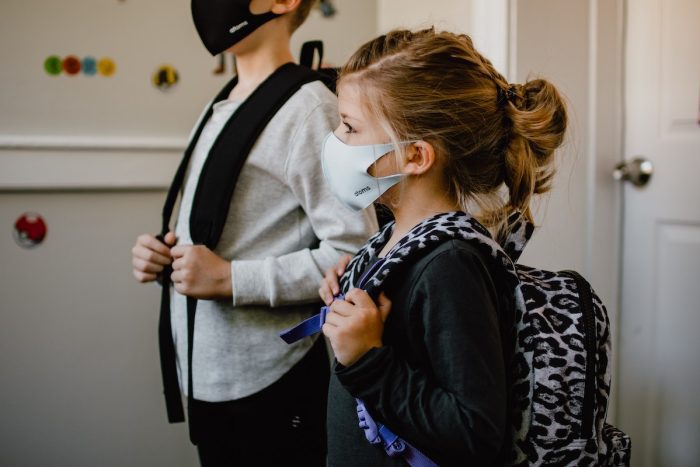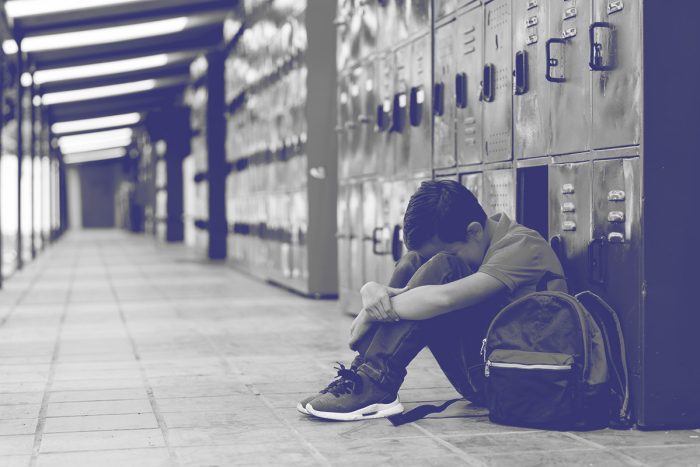
During the pandemic we are frequently reminded that children and youth are experiencing increased rates of anxiety, depression, and suicide attempts. It is in the news often, we see it in our families and offices daily, and it is increasingly discussed within government. As many of the usual resources have not been available, or available only in limited ways, including in-person schooling and community mental health centers, the safe and appropriate use of psychotropic medication continues to be one of the many important strategies that may be useful in maintaining stability for children and youth with mild-to-moderate mental health concerns. It is important to assess other treatment options before initiating/adjusting medication, and to provide other treatment options in combination with medication when appropriate (e.g., a treatment strategy that combines psychotherapy and medication). Linkages and referrals for community-based resources can also be helpful to provide a broad range of supports. For some children and youth with mild-to-moderate mental health concerns this may mean starting medication; for other children and youth with mild-to-moderate mental health concerns, particularly those with ADHD, medication adjustment may be necessary. And some children and youth may be relatively well and require no medication. This article provides practical guidance on the nuts and bolts of medication management for mild-to-moderate mental health concerns during COVID.
Why: We are seeing the strains on children, youth and their families during the pandemic without the predictability of the usual structure and routine provided at school, at home, and in social activities. This lack of structure and routine may result in increased distress and conflict in families, and symptoms of anxiety, depression, and oppositional defiant behaviors in children and youth. Mental health services have been largely provided through telehealth during COVID, which has provided a lifeline but also presents some limitations.
Who do you speak with? We need information and feedback from both parents and children. It is important to get input, and speak with both, during telehealth visits. Essential feedback from teachers and school counselors may be difficult or impossible to obtain until school restrictions are eased. In the meantime parents may be able to obtain rating scales from school personnel, which can be faxed to a pediatrician’s office. Obtaining HIPAA-compliant parent and child rating scales may also present a challenge. Some EMRs, or programs like CHADIS, have the capacity to receive rating scales in their patient portals. Many smart phones now have access to fax apps that may be utilized by family members as well. With telehealth it is possible to share screens and have children, youth, and/or parents complete rating scales during a virtual appointment. For children and parents without access to smart phones or other technology, using staff to record verbal responses during virtual visits may be effective to complete written rating scales. Project TEACH child and adolescent psychiatrists are available on the Project TEACH warm lines to provide support on how to administer and score rating scales– https://projectteachny.org/child-rating-scales/
What: During COVID utilizing telehealth has been well received by families—they find it more convenient, a time-saver, and a way to eliminate many of the costs and transportation obstacles associated with travel and child care. Not surprisingly community mental health clinics have found that visits are up substantially and no show rates and missed appointments have decreased markedly with the utilization of telehealth. But for some families, telehealth presents serious access problems (e.g. lack of computer-based technology, high speed internet access, technology know-how), and using a smart phone can be sufficient in these circumstances.
Although rare, you should be prepared for the possibility of an emergency situation during a telehealth visit, and have a game plan to address it. It is helpful to routinely start a telehealth visit by asking for the patient’s virtual contact information and a secondary phone number in case of a technology failure. When you can anticipate that there may be difficulties during a telehealth visit (e.g. the child may become aggressive or threaten suicide), you should have a conversation beforehand with parents and/or caretakers about what to do in case the child or youth escalates. This type of emergent situation may require a follow-up in-person visit, if possible. Families should always be apprised of emergency mental health services in their region (e.g. crisis services which all counties are required to have), and in more urgent situations to call 911. The National Suicide Prevention Lifeline at 1-800-273-TALK (8255) is available 24/7. New York state also hosts an anonymous crisis line available by texting Got5 at 741741.
One particular concern comes up around managing emergency situations during a telehealth visit. Although this is rare one should be prepared for this possibility and have a game plan to address it. It is helpful to routinely start by asking where the patient is and, especially if not at home, to make sure to have a secondary phone number in case of getting cut off. When the PCP can anticipate that there may be difficulties during the appointment (e.g. the child may become aggressive or threaten suicide) the PCP should have a conversation beforehand with the parent or caretaker about what to do in case the child escalates. Many times, this may call for an in-person visit. Other times this is not possible and the difficulties arise during a telehealth visit. In this case the family should be apprised of emergency mental health services in the region (e.g. crisis services which all counties must have) and in more urgent situations 911. The National Suicide Prevention Lifeline at 1-800-273-TALK (8255) is available 24/7 and is another resource. New York state also hosts an anonymous crisis line available by texting Got5 at 741741.
When: The frequency of appointments during COVID should be at least as frequent as before the onset of the pandemic, and, if necessary, more frequent. Often regular, brief check-ins are extremely helpful for children and youth with mild-to-moderate mental health concerns. We anticipate that in the future a mix of in-person and telehealth visits will be used to assess, treat, and manage mild-to-moderate mental health concerns for children and youth, with initial visits most likely occurring in-person when possible, and routine follow-up visits occurring virtually. When a child is not doing well In-person visits are typically be the preferred mode.
Where: Most telehealth visits will occur at the family home or apartment. While this presents challenges, it also presents an opportunity to have a virtual “house call” in which there is an invaluable opportunity to see the child’s or youth’s home environment and their room. When meeting virtually with children, youth and families, I always start by asking if they are in a space where they feel comfortable and can speak freely. Finding confidential places to speak with our patients can be difficult and may require creative solutions, like conducting a telehealth visit in a car or using a white noise machine. It is important to emphasize to parents the need for privacy for adolescents and young adults to speak freely– a prerequisite for helping safely.
In summary, with increased rates of distress, anxiety, and depression, the need for assessment, treatment and management of mild-to-moderate mental health concerns, including medication management, has only grown during COVID. Along with non-pharmacologic treatment, medication remains an important tool to support children and youth with mild-to-moderate mental health concerns, and can and should be initiated and maintained during COVID when necessary.
Child

Child
